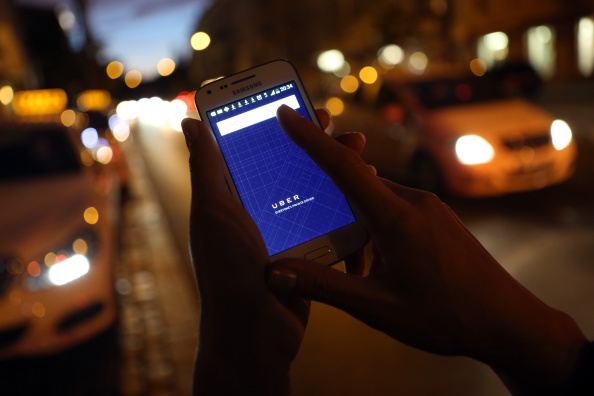
The concept is great; you use Uber to hail a ride and it’s cheaper than hailing a cab the old-fashioned way. If you live somewhere without taxi service or without a ride when you need one, this is a great smartphone-based app to use. Except that the Better Business Bureau has decided that it’s simply not. The BBB has given Uber an “F” which is the same thing in BBB terms as it is in school – not good. So what makes the BBB give the app an F?
More than 90 customers have filed complaints with the BBB regarding their usage of the site and their misinformation regarding their fares and fees. Hailed as cheaper than a cab, it turns out that a ride found on Uber is often more expensive than a cab thanks to various fees and surcharges. Furthermore, users are upset that their complaints about surcharges and fees are met with no help from customer service representatives.
Essentially, supply and demand can change the price of a ride at any given time. If there are a large number of requests for rides in a certain city at the same time, the price could rise in a second to more than 10 times the actual price, and consumers don’t know until it’s too late. The company used something called a “natural disaster price” when Hurricane Sandy devastated Manhattan in 2012.
The company states that they only increase fees when the demand for drivers is more than the supply of drivers and they need to keep drivers on the road to help their clients. However, there are nearly 100 complaints about the company and their ridiculous pricing habits, and it seems that’s enough to warrant a failing grade by the BBB.
The interesting concept behind Uber’s failing grade with the BBB is that the company has a higher-than-average grade according to Yelp, in San Francisco. Users who rate the business and its services on that site have far more to say than the BBB in terms of positive reviews, and it seems that sometimes there has to be a common ground between the reviews of users and the reviews of businesses. Uber is answering its failing grade by making a more concentrated effort to notify users when their prices increase so that the users of the service are not taken by surprise when their fees are charged.
Photo by Adam Berry/Getty Images
